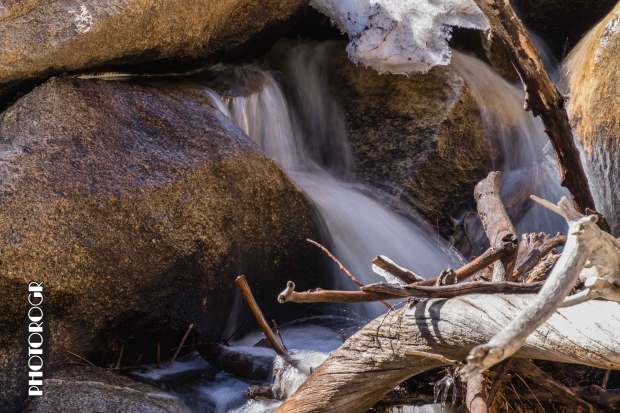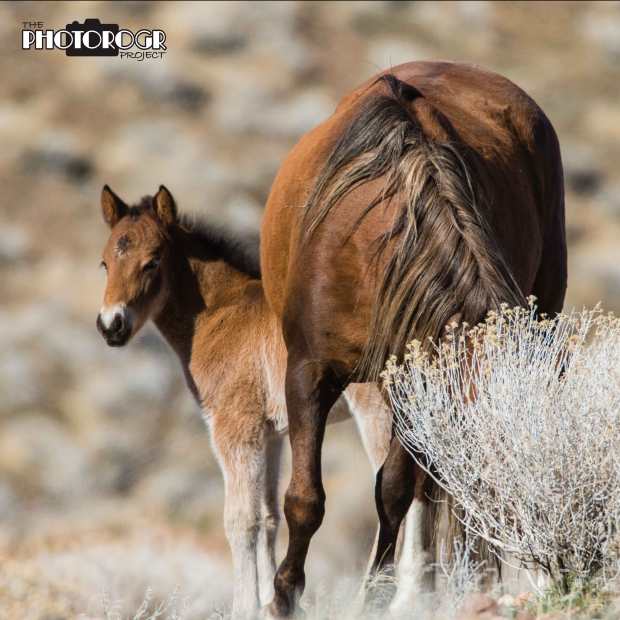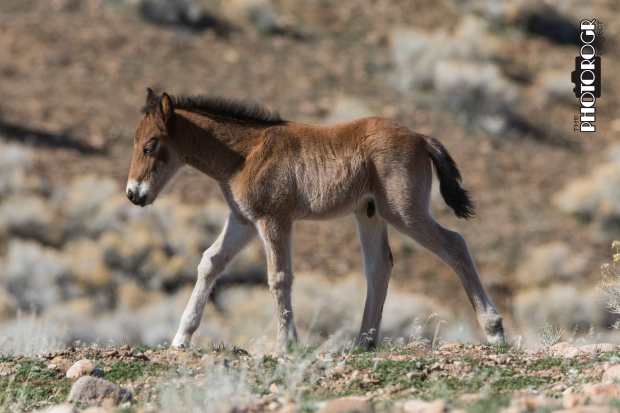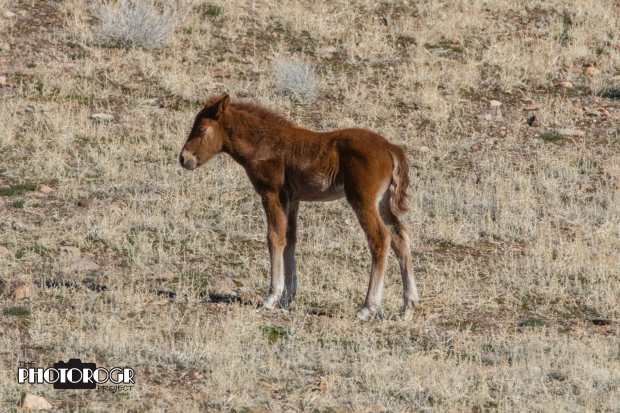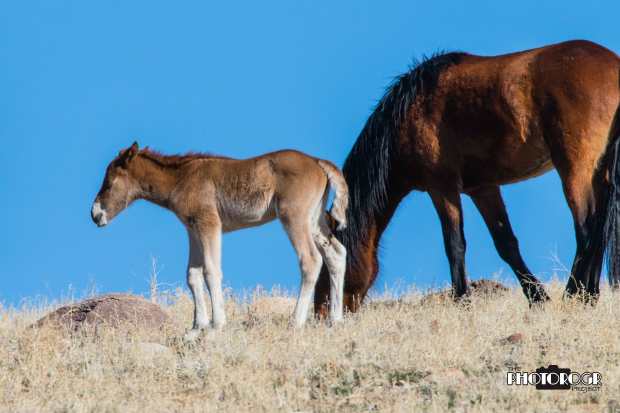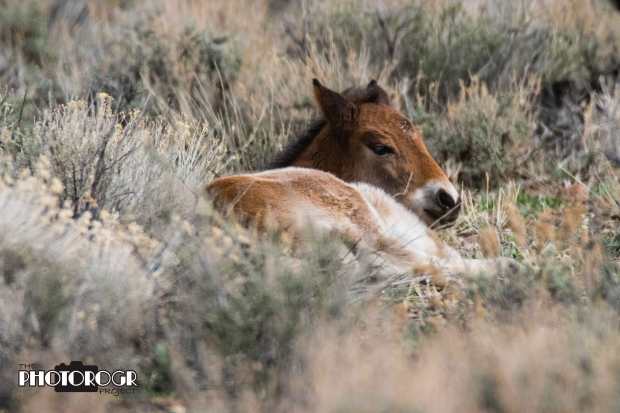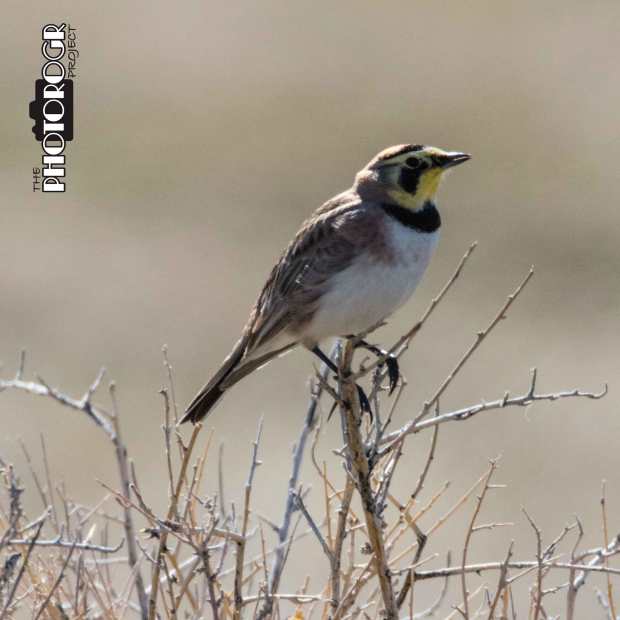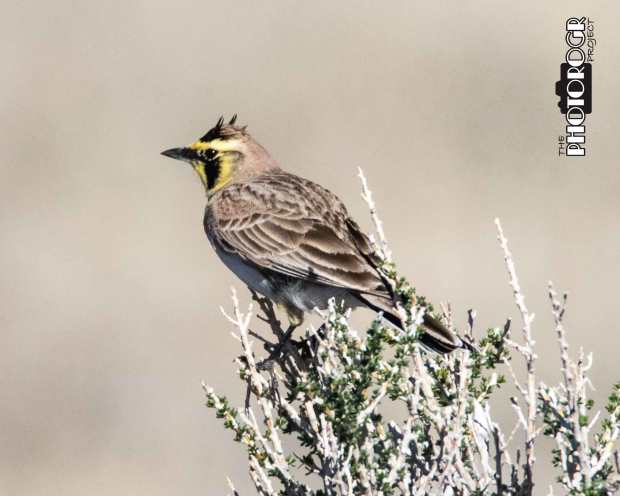I have had an absolutely amazing week since my last post. First, I won both categories of the Eagles & Agriculture Photo Contest this year!

This Eagle eating a rabbit won ‘Best Birding’ photo. I made this image in December, when my lovely bride and I drove up on this scene just a few blocks from our home.

Last May, I was invited to join other photographers to record this group of cowgirls moving a herd along Genoa Lane. This image won the ‘Best Agriculture/Wildlife’ category.
I am both honored and humbled to win. I stopped by the Carson Valley Chamber of Commerce offices to see the other images. Holy Cow!!! What a great group of submissions this year.
My exploration into long exposures of water expanded a little, with the addition of some new software called Photomatix Pro. This software uses bracketed exposures to produce High Dynamic Range (HDR) images. In my last blog, I discussed exposure (controlling the light striking the sensor in the camera body). ‘Bracketing exposure’ means finding the right exposure for a given image and making additional images of the same scene by overexposing and underexposing. HDR software then combines the different exposures by selecting the best parts of each to create an exciting photograph. For example, in a landscape, the underexposed images give the best skies but renders the shadow areas black and without detail. Conversely, the overexposed images give great detail in the shadows but loses detail in the highlights. HDR allows the pixelist (see how I got my title in here!!!) to use the best light to make a great image. Some cameras will make the HDR image for you, or you can combine them using HDR software on the computer.

Here’s a landscape that I shot a couple years ago near Kernville CA. I used three images at different exposures to make this one. Set exposure to capture the sky and you don’t see the rich color in the rocks. Set exposure for the rocks and you see a bright white sky with no detail in the clouds.

This image of the Church at Bodie CA was made from two exposures, merged in Photomatix. I need to go back to Bodie so I can get shot that doesn’t cut off the steeple, and to make other images, too.
Learning this new software has been a lot of fun. As you might imagine, I can get a little crazy in the processing.

I made this image of a wagon on one of the local ranches in January. I’ve been trying to process the image to fit my vision for a couple months. This is nice, but it doesn’t convey the feeling I wanted to share.

When I processed the image in Photomatix, I found what I was looking for. One of my photo mentors thinks it’s over done, and I respect that. My lovely bride thinks I should crop it differently. Bottom line – there’s no right or wrong. What’s that old saying? Beauty is in the eye of the beholder.

I revisited the image to explore the boundaries and capabilities of Photomatix. The result is over done, but kind of fun. Again – the eye of the beholder.

West Fork of the Carson River in Hope Valley. This HDR image was made from 5 exposures, and is a traditional processing.

The same HDR image, with a little fun. I went here because I was struggling with ‘ghosting,’ a problem when the images don’t align exactly (like the wind blowing the tree branches). The processing I chose here masks the ghosting a little. It’s a fun interpretation of the scene.

Simple HDR from 3 exposures. With this image, I was more about the flowing water. I gotta say, however, that I hope there’s still water flowing when the vegetation leafs out to add a little color.

I processed this image in HDR, then decided to play with monochrome. Absent color from the vegetation, I like the effect.
And I haven’t been on the edge all week. We had a nice sunny day, and the birds and bees were visiting the yard.

I was in the backyard enjoying the warm when I spied this butterfly on our Flowering Plum tree. I got the camera and made a few shots, but couldn’t help noticing the buzzing sounds…

…and several of these guys were working their magic. They’re harder to take pictures of than I thought.

My favorite image from the day. A large aperture opening gave a very shallow depth of field (the flowers in the foreground are blurry as are those in the background). The black and yellow against the vivid pink just hit the spot for me!
Well, that’s it for this week. As you can see, it really was an amazing week! Until next time – Enjoy! PHOTOROGR
















